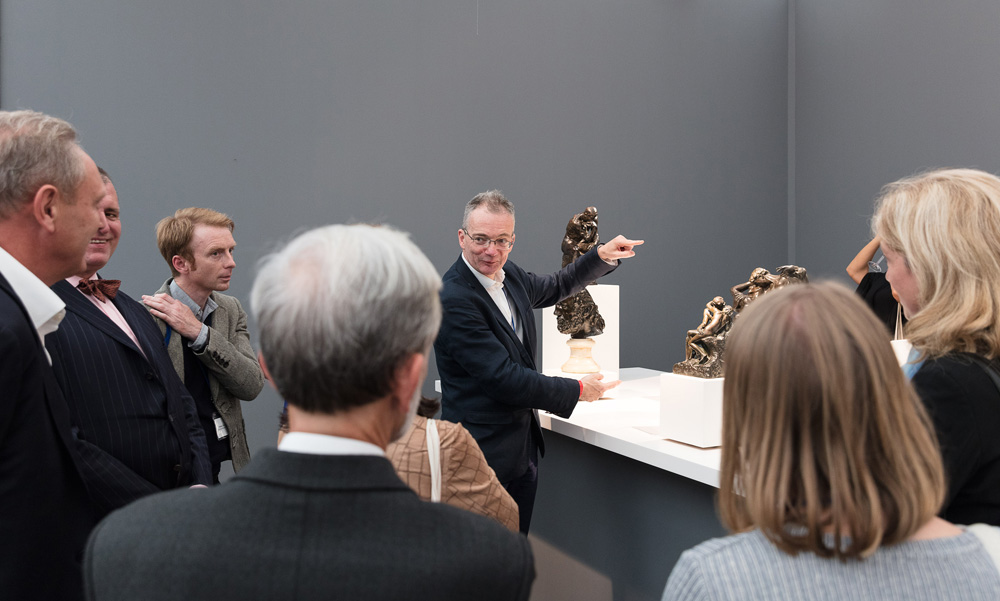The first Art Fund Curators Programme at Frieze Masters
Curators exchange perspectives on UK & US museum culture
Curators exchange perspectives on UK & US museum culture
“We need to learn from each other” – so said Sarah Philp, Art Fund’s Director of Programmes during a special coming together of a select group of curators from UK and US institutions which occurred for the first time at Frieze Masters 2016. The Art Fund Curators Programme in partnership with Frieze brought together 10 participants - from institutions including New York's Metropolitan Museum of Art, Yale University Art Gallery, Virginia Museum of Fine Arts, Museum of Fine Arts Houston, Glasgow Museums, National Museum Wales, Scottish National Gallery of Modern Art and the Museum of Archaeology & Anthropology at the University of Cambridge - to foster cross-continental dialogue. This new initiative is part of Art Fund’s ongoing commitment and research into what Philp called “the curatorial landscape, looking very seriously at what curatorial needs are and what a blueprint for a 21st century curator might be”. The discussion was led by Dr. Stephen Deuchar, director of Art Fund, and Nicholas Cullinan, director of the National Portrait Gallery in London. Cullinan's career has led him to cross the Atlantic several times - having studied at The Courtauld Institute of Art in London, and then held positions at the Guggenheim, Tate Modern and most recently The Metropolitan Museum of Art in New York, before taking up his current role.


























